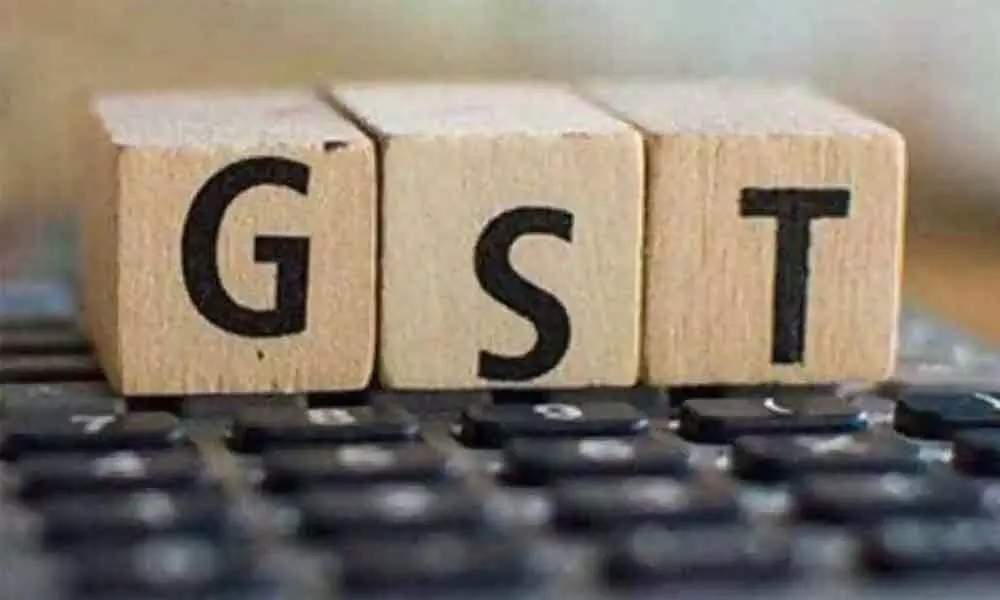Lowering taxes, more R&D will stablise consumer electronics sector, say players
The government should consider lowering tax rate on consumer electronics and ensure a stable GST tax slab as this would encourage consumers to buy higher ASP (average selling point) products and stabilise the sector shaken by the pandemic, industry players said ahead of the Union Budget 2022-23.
image for illustrative purpose

New Delhi, Jan 25 The government should consider lowering tax rate on consumer electronics and ensure a stable GST tax slab as this would encourage consumers to buy higher ASP (average selling point) products and stabilise the sector shaken by the pandemic, industry players said ahead of the Union Budget 2022-23.
Stressing that the industry needs a stable GST tax slab to boost local manufacturing and MSMEs sectors, Avneet Singh Marwah, CEO, Super Plastronics Pvt Ltd (SPPL), a Kodak brand licensee, said that the electronics products should not exceed the 18 per cent slab.
"India can become the world's third-biggest market for televisions, leading to an estimated growth of 15 per cent in the market size, increasing to up to 16 million units annually. We would like to urge the government not to change custom duties, as the industry is moving towards a stable condition," he said.
The India Cellular & Electronics Association (ICEA) has also recommended a reduction in the GST rate on colour televisions, which, at 28 per cent for televisions above 32 inches (and 18 per cent otherwise), is inexplicably high.
"We emphasise that the 43-inch model is now considered the average for the Indian market. We would recommend the standard GST rate of 18 per cent for all television sets. A massive grey market has built up. Any revenue loss will be more than made up through increased production, sale, and the reduced grey market," it said in a paper, titled 'Major Recommendations for Union Budget 2022-23.'
"The extremely high GST rate (28 per cent) is stifling the industry. Therefore, we request that the GST rates be rationalised to 18 per cent for both fixed speed air conditioners and inverter-based air conditioners too," the ICEA added.
Hailing the government for introducing a $10 billion PLI (performance-linked scheme) for display panels and semiconductor chips, they said that they would also request Finance Minister Nirmala Sitharaman to have fixed timelines for these projects.
Pallavi Singh, Vice President, SPPL, India brand licensee of Westinghouse TV, said that given the current semiconductor shortage in the world, the government should aid the potential sector and afford schemes under the National Electronics Policy (NEP) 2019.
"Those aiming to manufacture in India and contributing towards the growth of the economy can be provided aid in the form of subsidies. The NPE can also be expanded to include and aid those already manufacturing consumer electronics in India as opposed to importing them," she said.
Since there are no open cell manufacturers in India and the viability of setting up a plant is far from certain, the Indian government should take this into consideration and reduce the custom duty on open cells to 0 per cent from the current 5 per cent, the industry players demanded.
They demanded that with the pandemic causing a major hit to the retail sector, the government should introduce schemes and rebates to help rebuild this sector.
"The government should fund a scheme for tech adoption, and government purchases of high-end IT products should be encouraged/prioritised to help create more demand," said Sandeep Lodha, Co-founder at Netweb Technologies.
"There has to be special incentive for companies investing in R&D and there must be government incentives and facilitated collaborations between the companies and premium R&D facilities," Lodha added.

